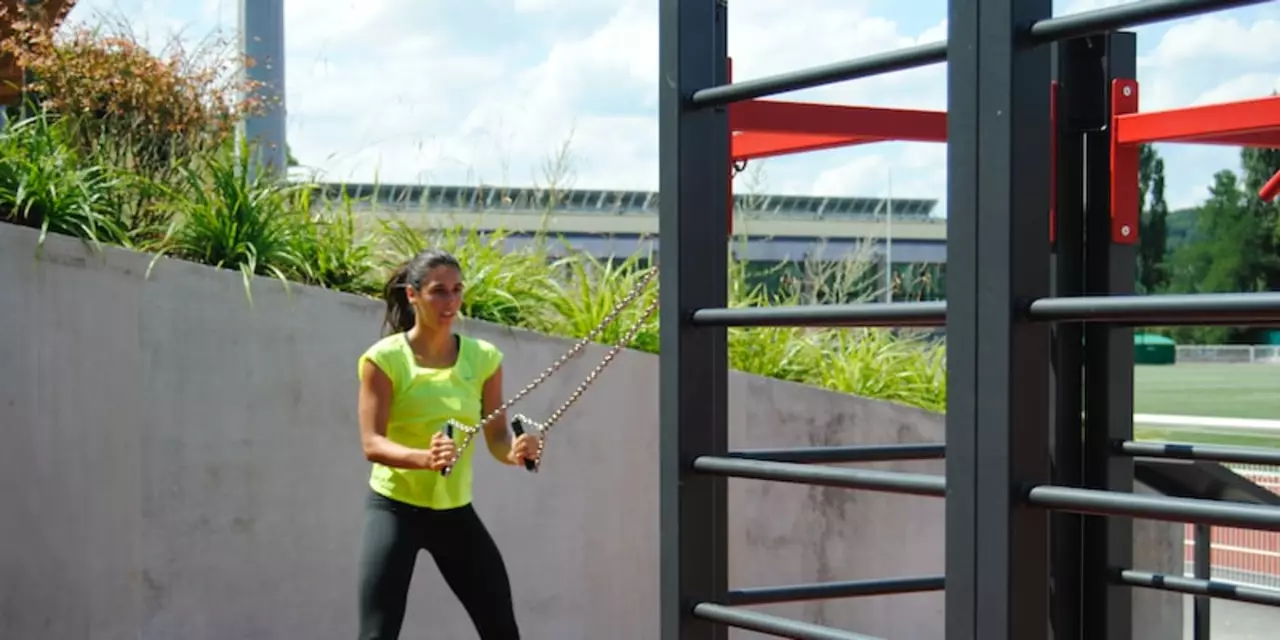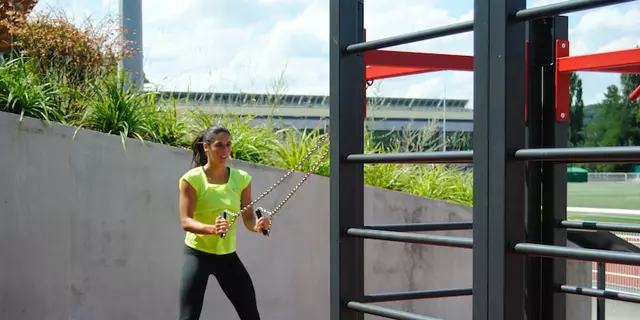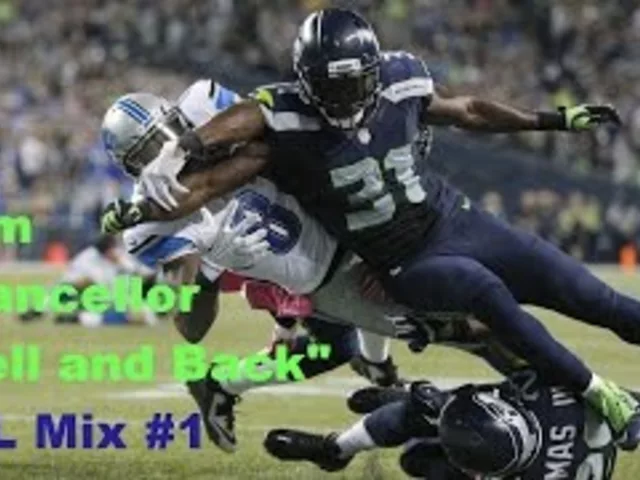Purple in Sports: Color, Culture, and Competition
When talking about Purple, a vibrant hue that pops on jerseys, logos, and stadium lights. Also known as violet, it often signals royalty, power, and unity in the world of athletics.
One of the first ways team colors, the palette each squad adopts for uniforms, merchandise, and marketing influence fan loyalty is by creating instant visual cues. When a club chooses purple, it instantly differentiates itself from a sea of greens and blues, making the brand memorable. That visual differentiation fuels sports branding, the strategy that ties logos, slogans, and color schemes together – a consistent color palette helps sponsors and broadcasters recognize the team in a split second. This chain of connections means a simple hue can drive ticket sales, TV ratings, and even sponsorship deals.
Why Purple Stands Out on the Field and Off
Beyond the locker room, the color works hard in the retail space. fan merchandise, apparel, accessories, and collectibles that supporters buy to show allegiance often leans heavily on the team's primary color. A purple cap or scarf instantly signals support without a word. The psychological effect of purple – linked to confidence and creativity – can also boost player morale, turning the locker room vibe into a subtle competitive edge. When crowds wave purple flags, the stadium atmosphere shifts, creating a feedback loop that fuels on‑field performance.
Take the Ryder Cup example: Europe’s choice of deep purple accents on their uniforms helped cement a collective identity, and that visual unity played into their dramatic comeback in 2023. Similarly, college football teams that incorporate purple into their branding often see a spike in merchandise sales right before playoff season, showing how color choice can directly impact revenue streams.
But it’s not just about money. Purple also tells a story about regional pride. In some cities, the color ties back to local history or university traditions, giving fans a sense of belonging that goes beyond the game. When a fan wears a purple jersey, they’re not just supporting a team; they’re showcasing a piece of their community’s heritage.
From a technical standpoint, designers must consider how purple appears on different media. On TV screens, a slightly brighter shade ensures the uniform looks vivid under stadium lights, while on printed merchandise, a deeper shade preserves the richness of the hue. This balancing act requires close collaboration between the team's branding department and external vendors, illustrating how a single color can shape an entire production pipeline.
Fans also use purple to make political or social statements. In recent years, several leagues have allowed teams to wear purple accessories to support causes like mental health awareness, turning the color into a platform for advocacy. This adds another layer to the relationship between color and culture, showing how a simple shade can become a powerful communication tool.
All these examples show that purple is more than a decorative choice. It’s a strategic asset that ties together team identity, branding efforts, merchandise sales, fan psychology, and even social messaging. Understanding how each of these pieces fits together helps you see why the color matters on and off the field.
Below, you’ll find a curated set of articles that dig deeper into the role of purple in sports, from memorable moments on the green to the latest trends in fan gear. Whether you’re a player, a marketer, or a die‑hard supporter, the stories ahead will give you fresh insight into how a single hue can shape the whole game.
Are there sports teams/clubs which wear purples as their colors?
Purple is a unique and vibrant color which is often used by sports teams and clubs as part of their identity. There are many teams and clubs out there that have chosen to wear purple as their colors, such as the Minnesota Vikings and the Los Angeles Lakers. Other examples include the Washington Nationals, the Houston Astros, and the Toronto Raptors. In addition to these, there are also several college sports teams which have adopted purple as their colors, such as the LSU Tigers and the University of North Carolina Tar Heels. Overall, there are many teams and clubs out there which have chosen purple as their colors and use it to show their team pride.





